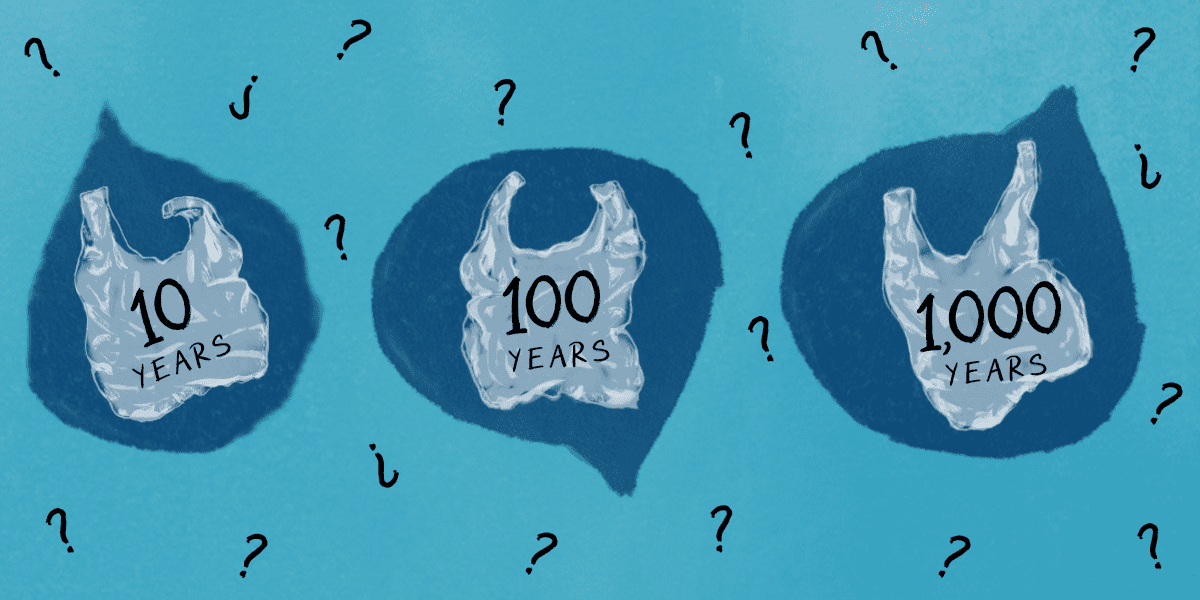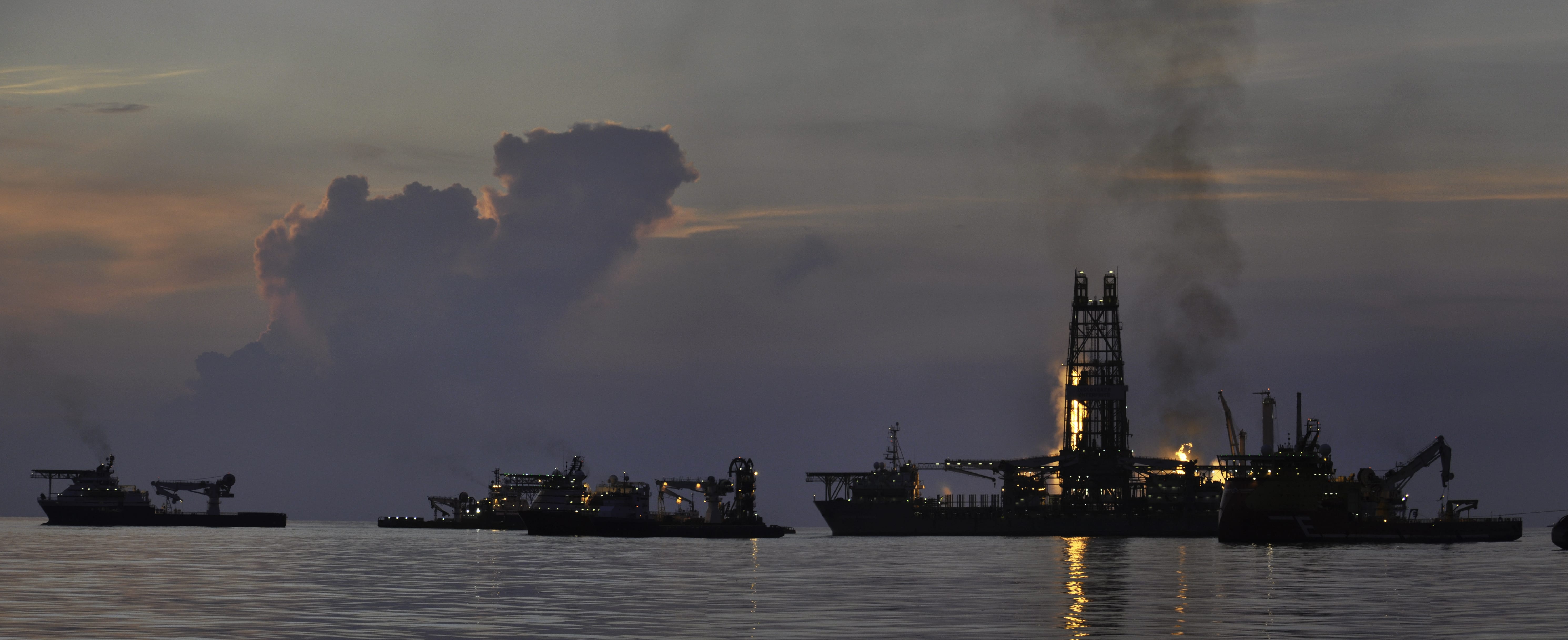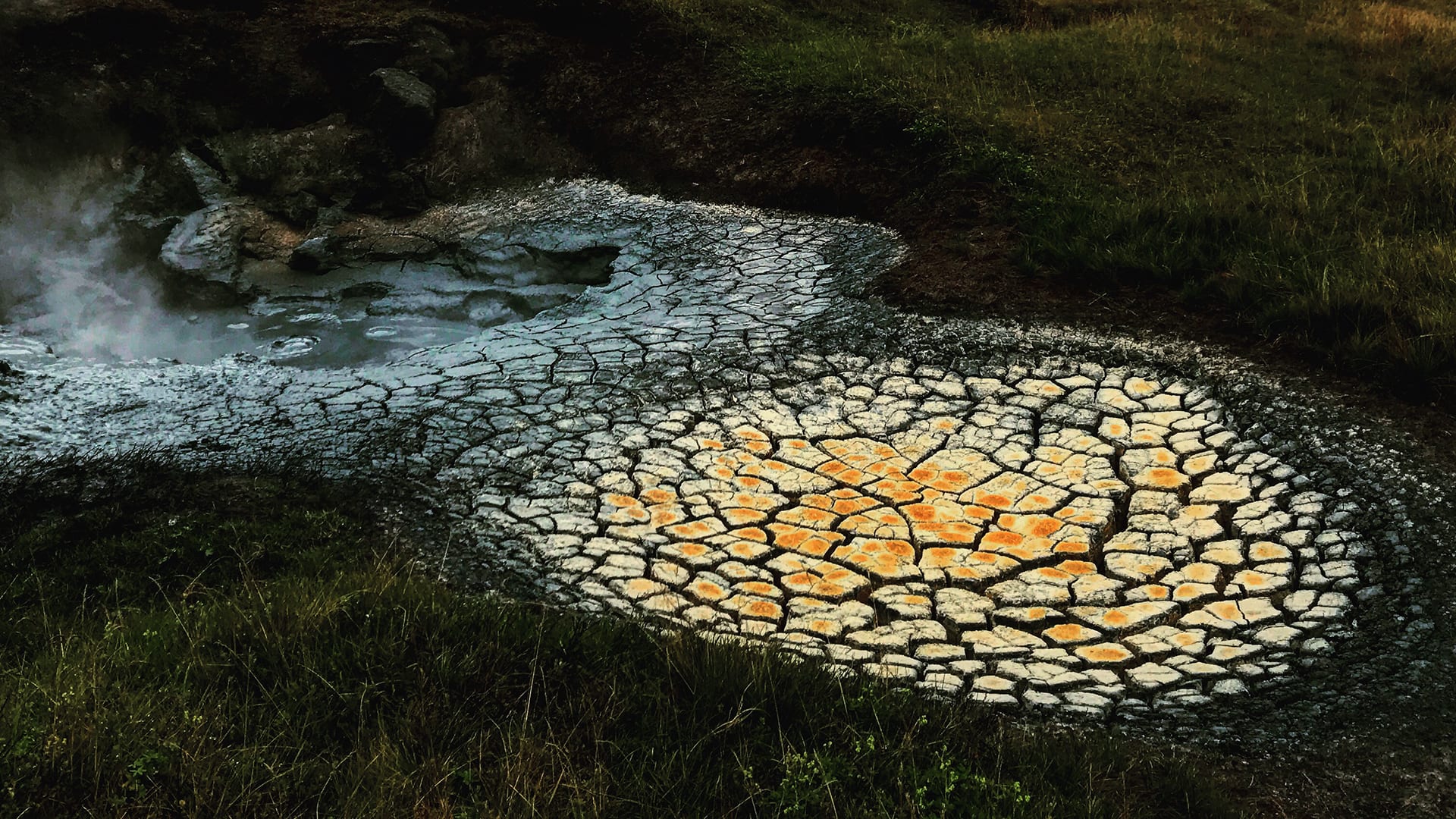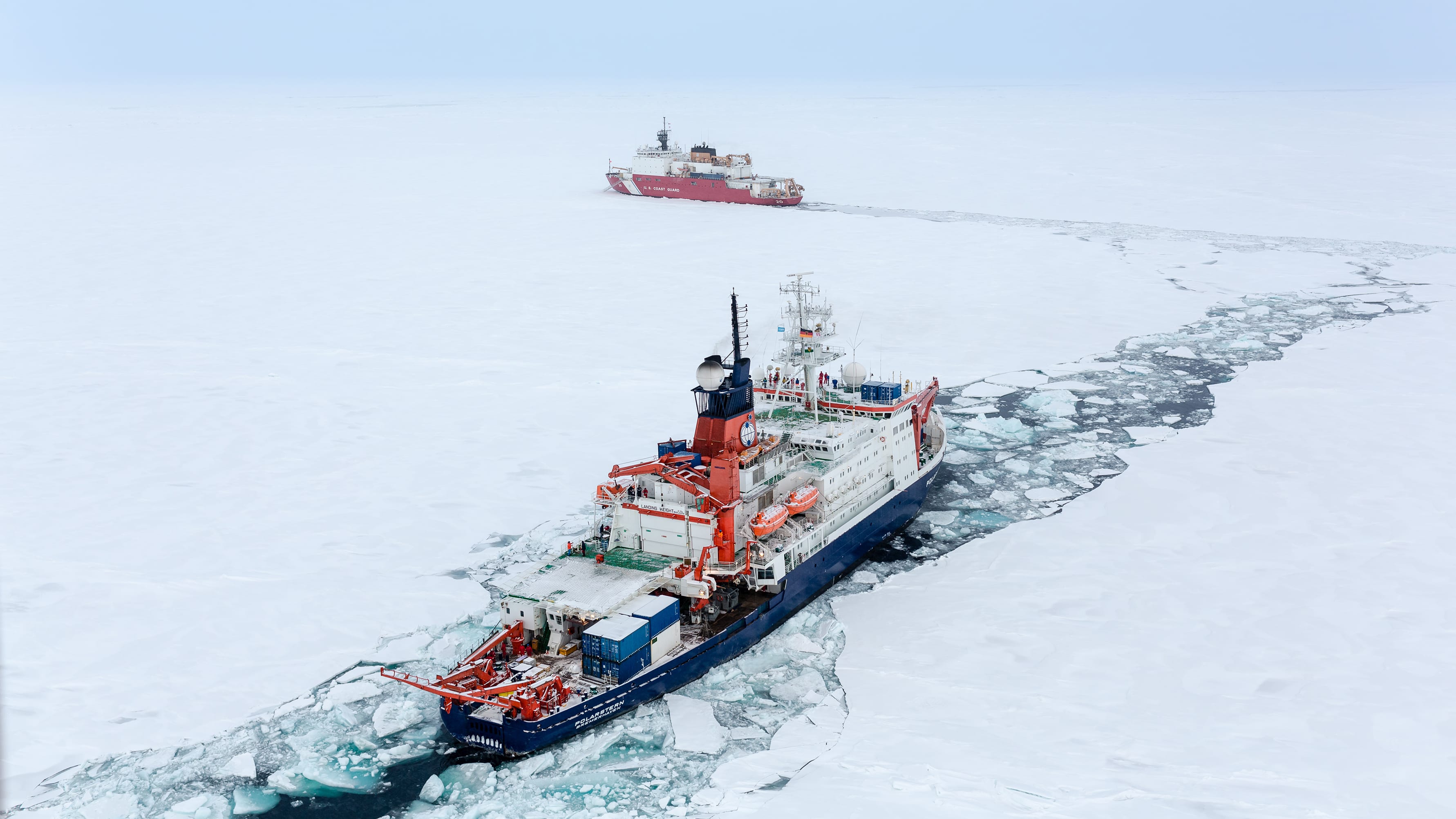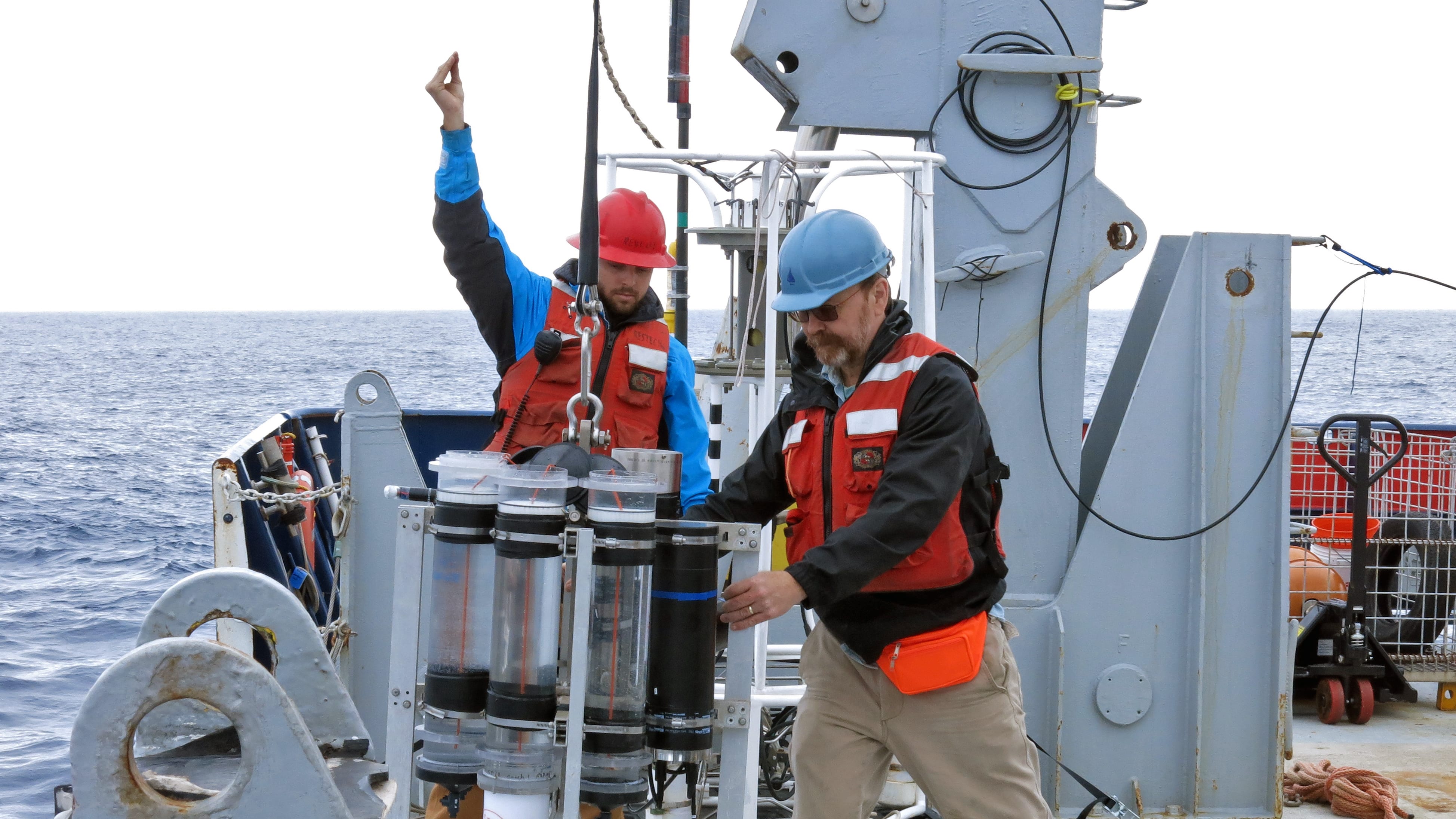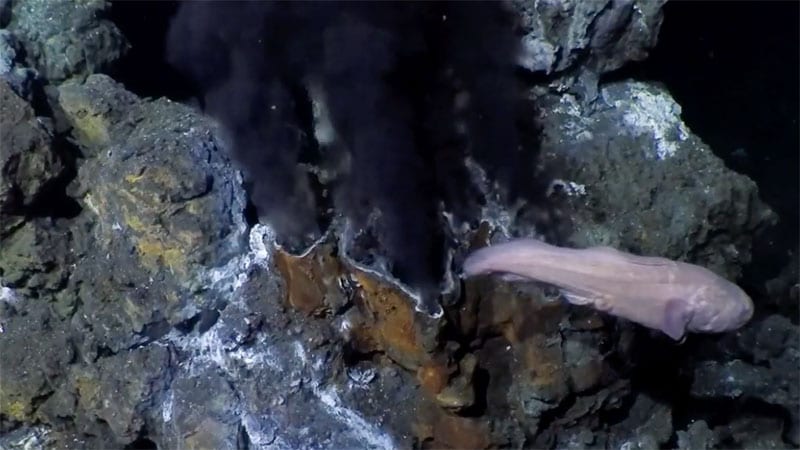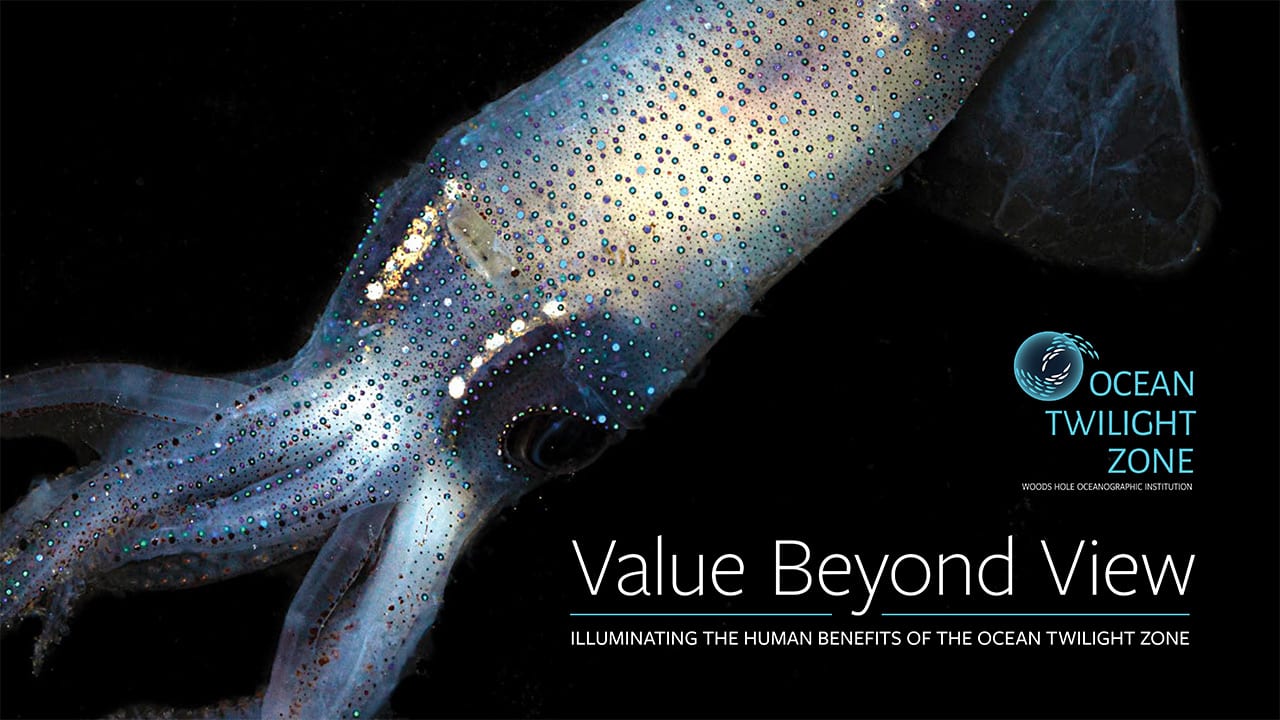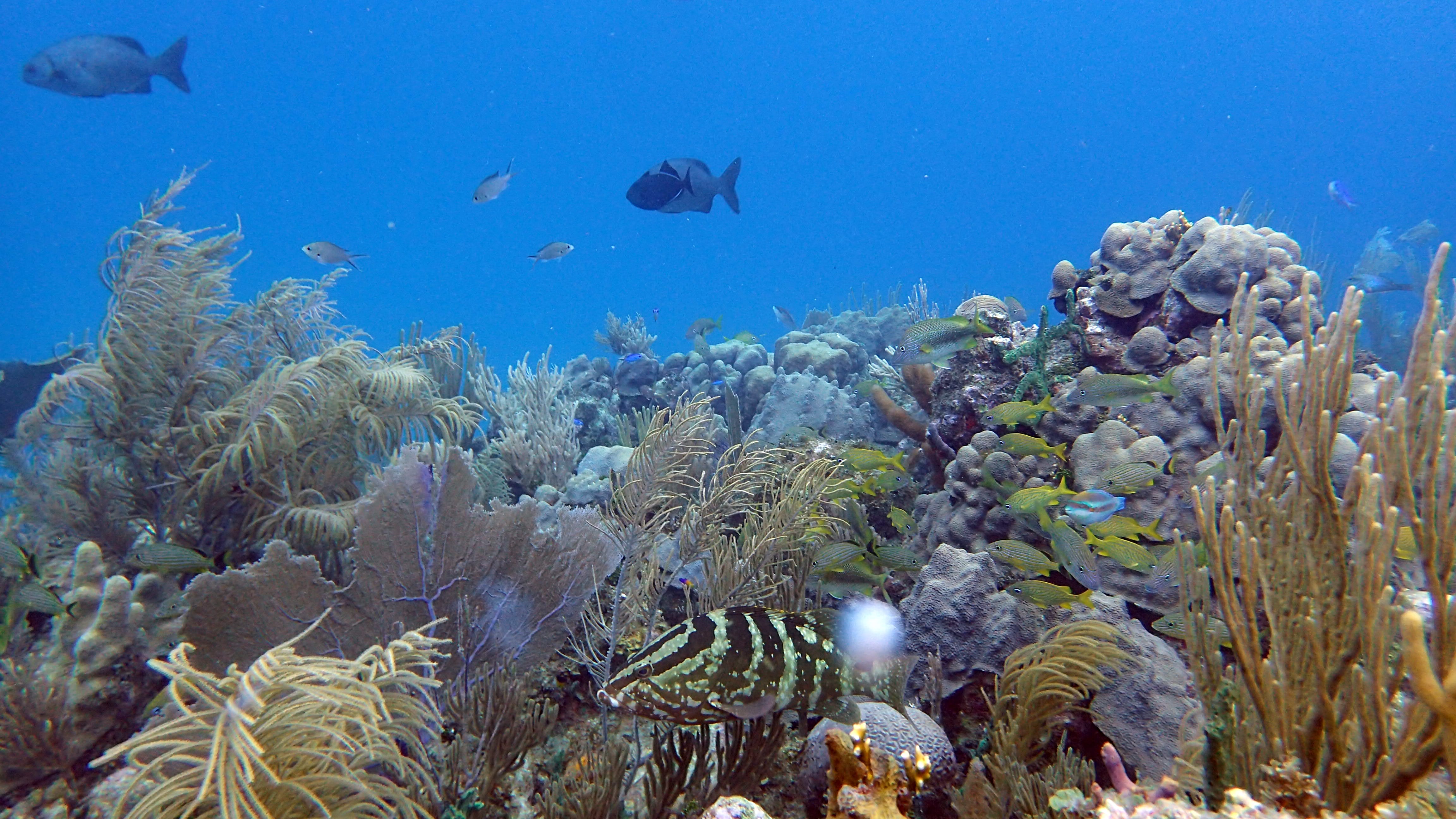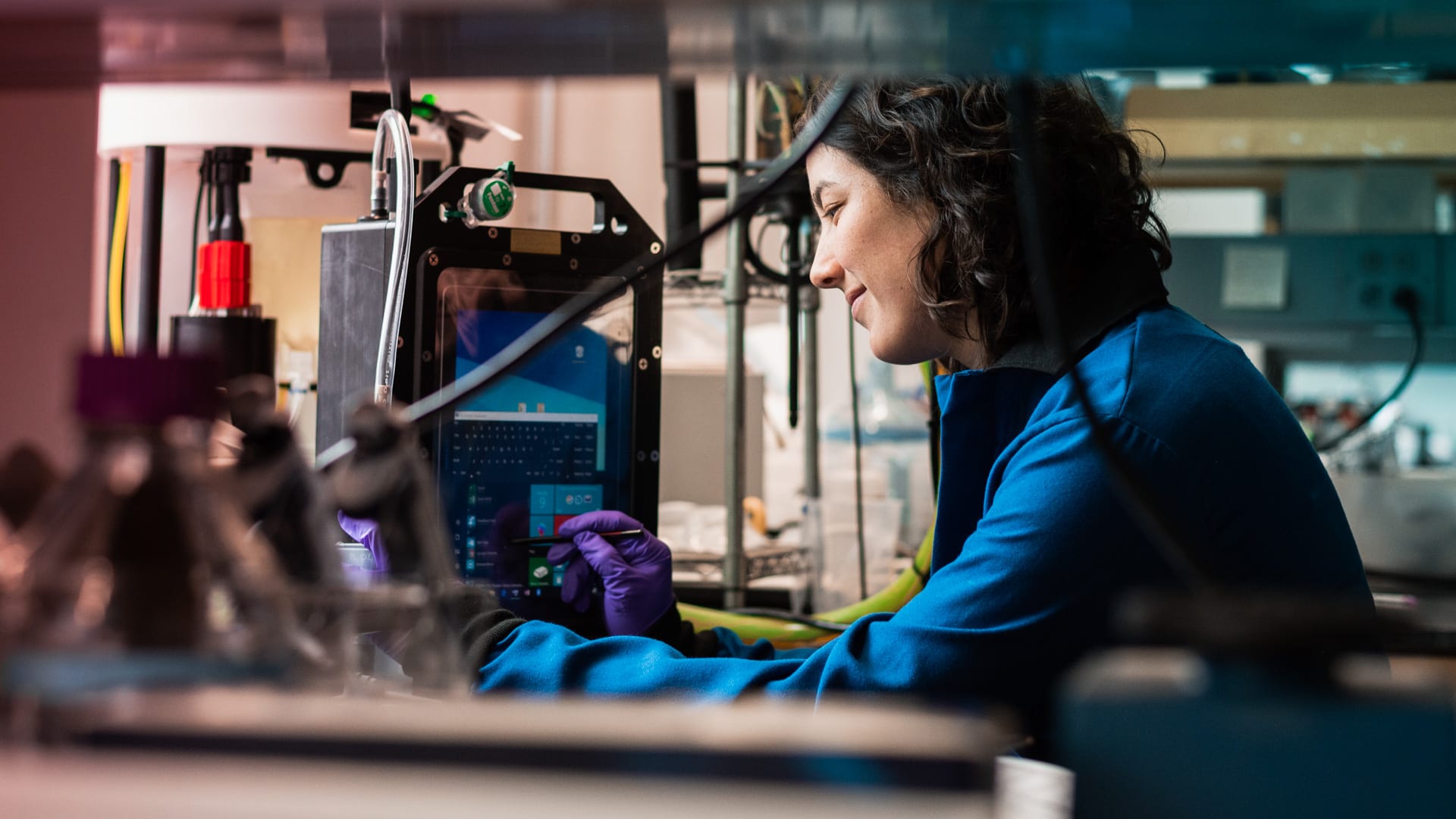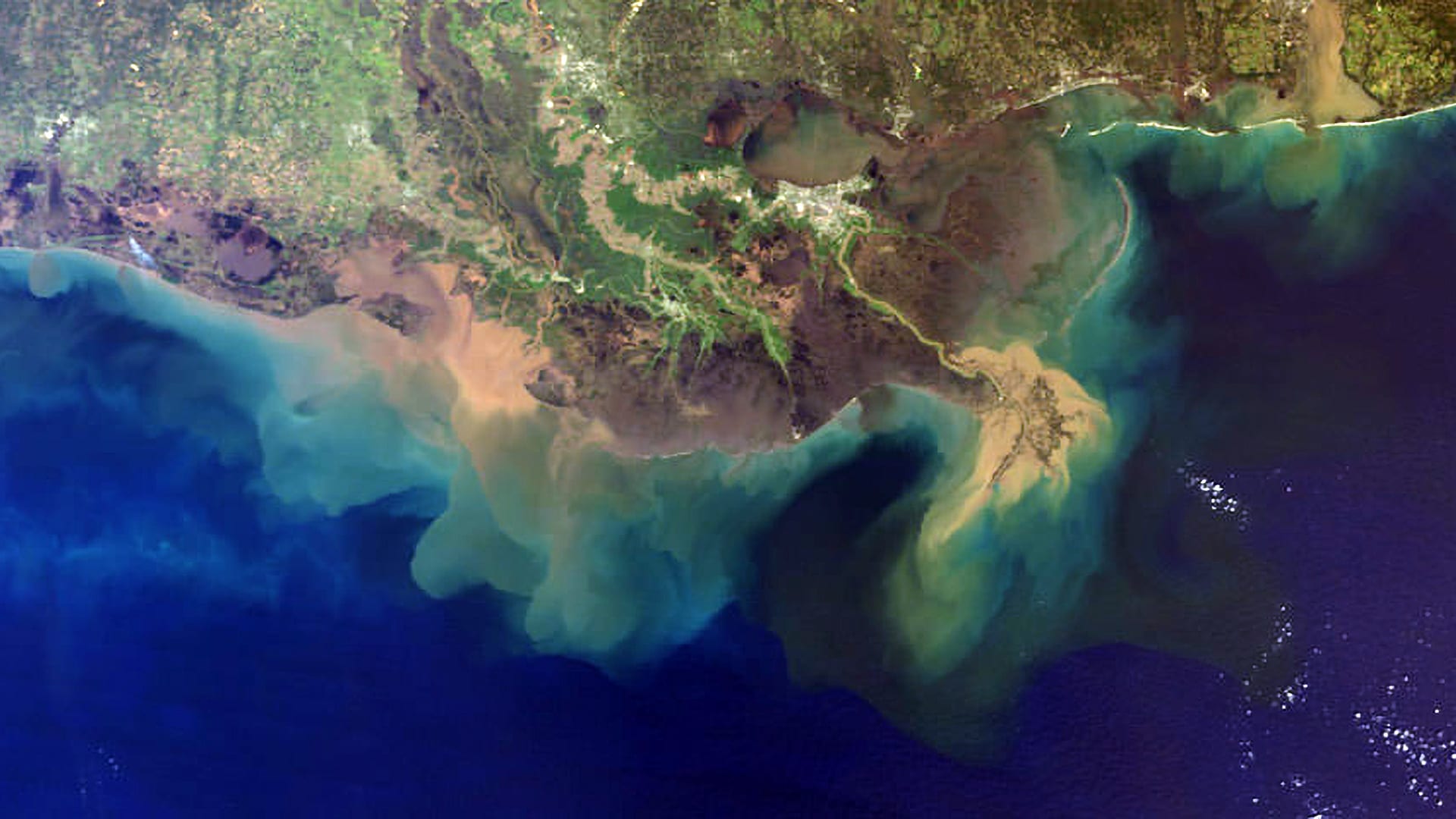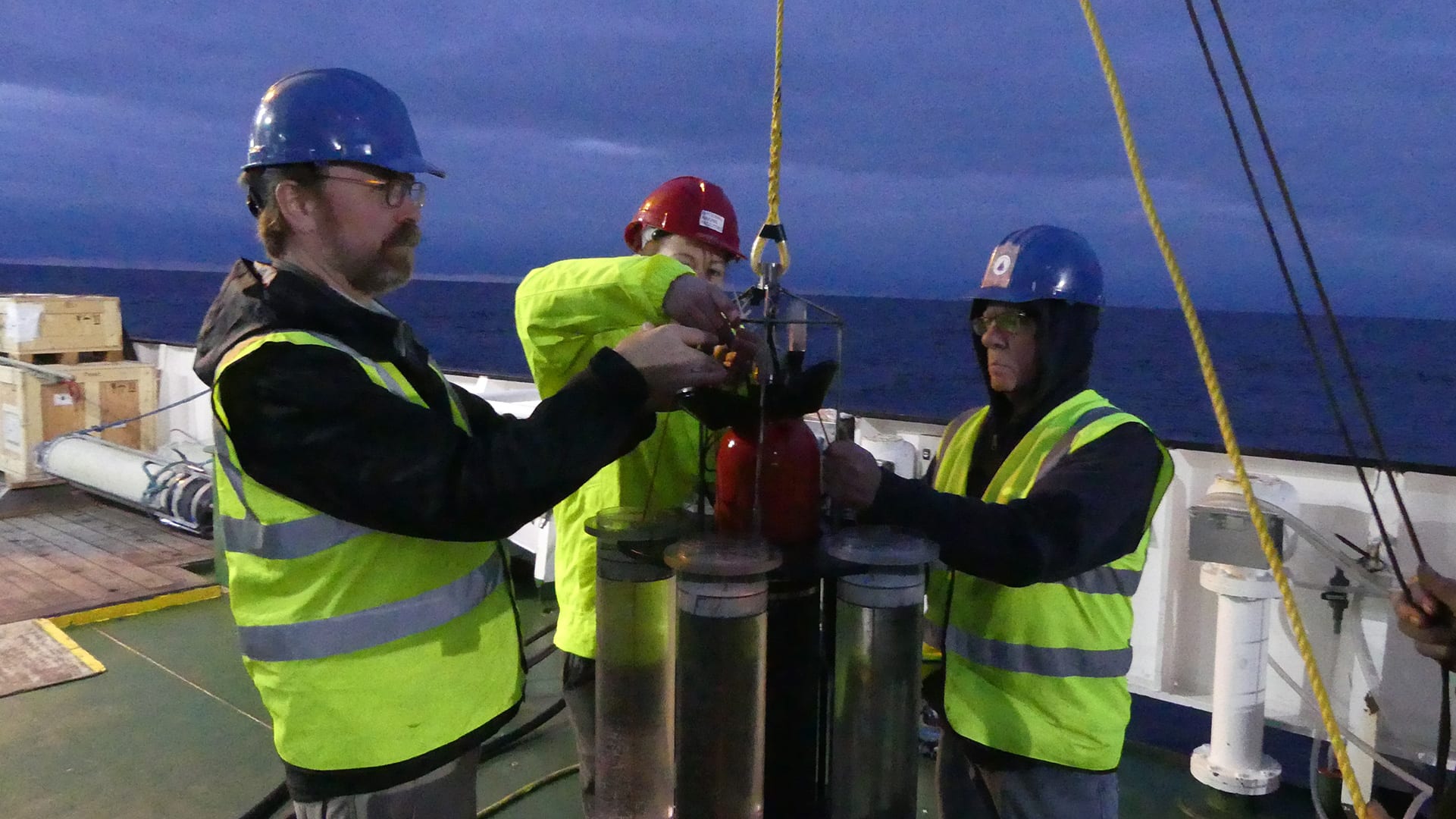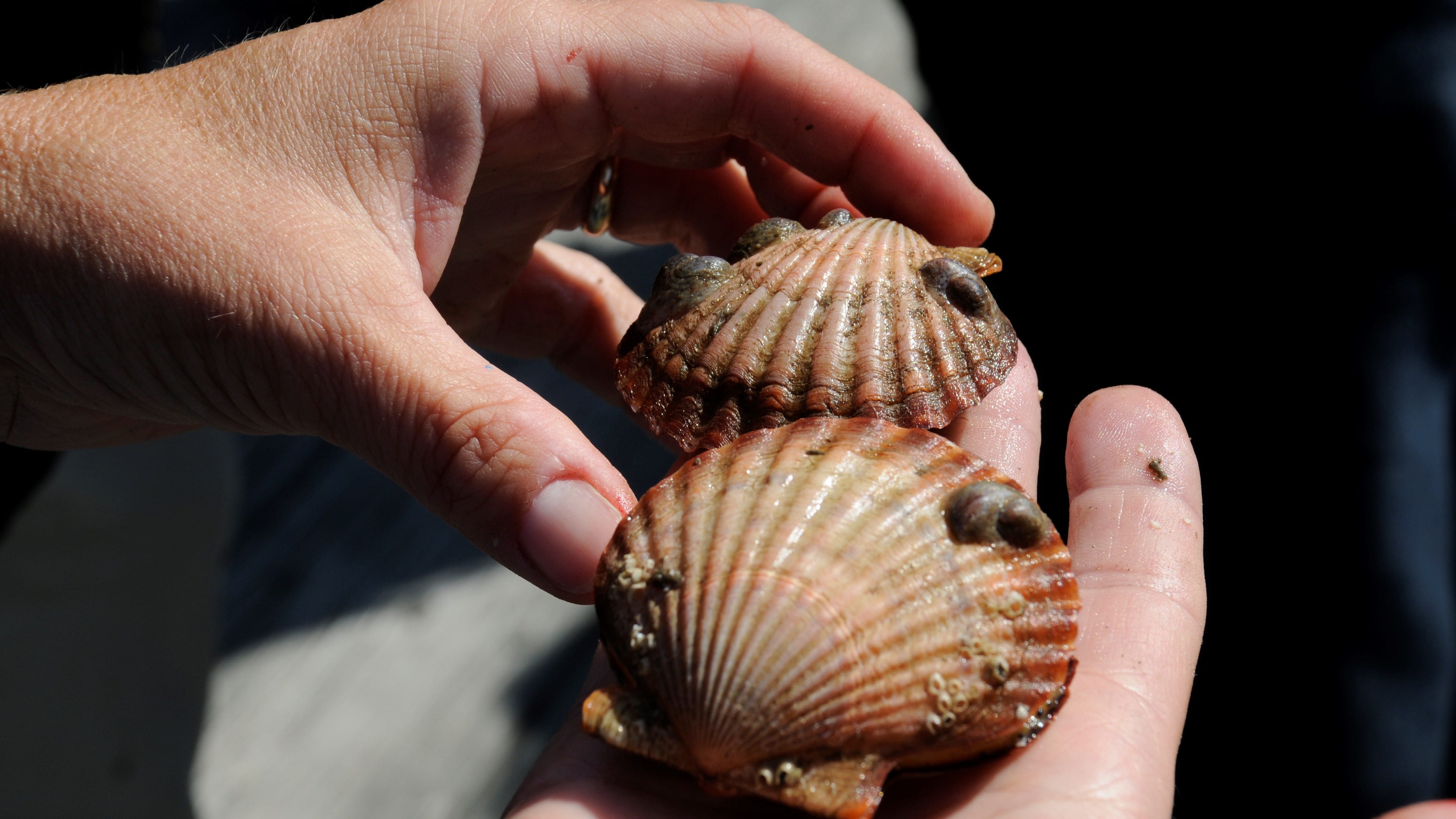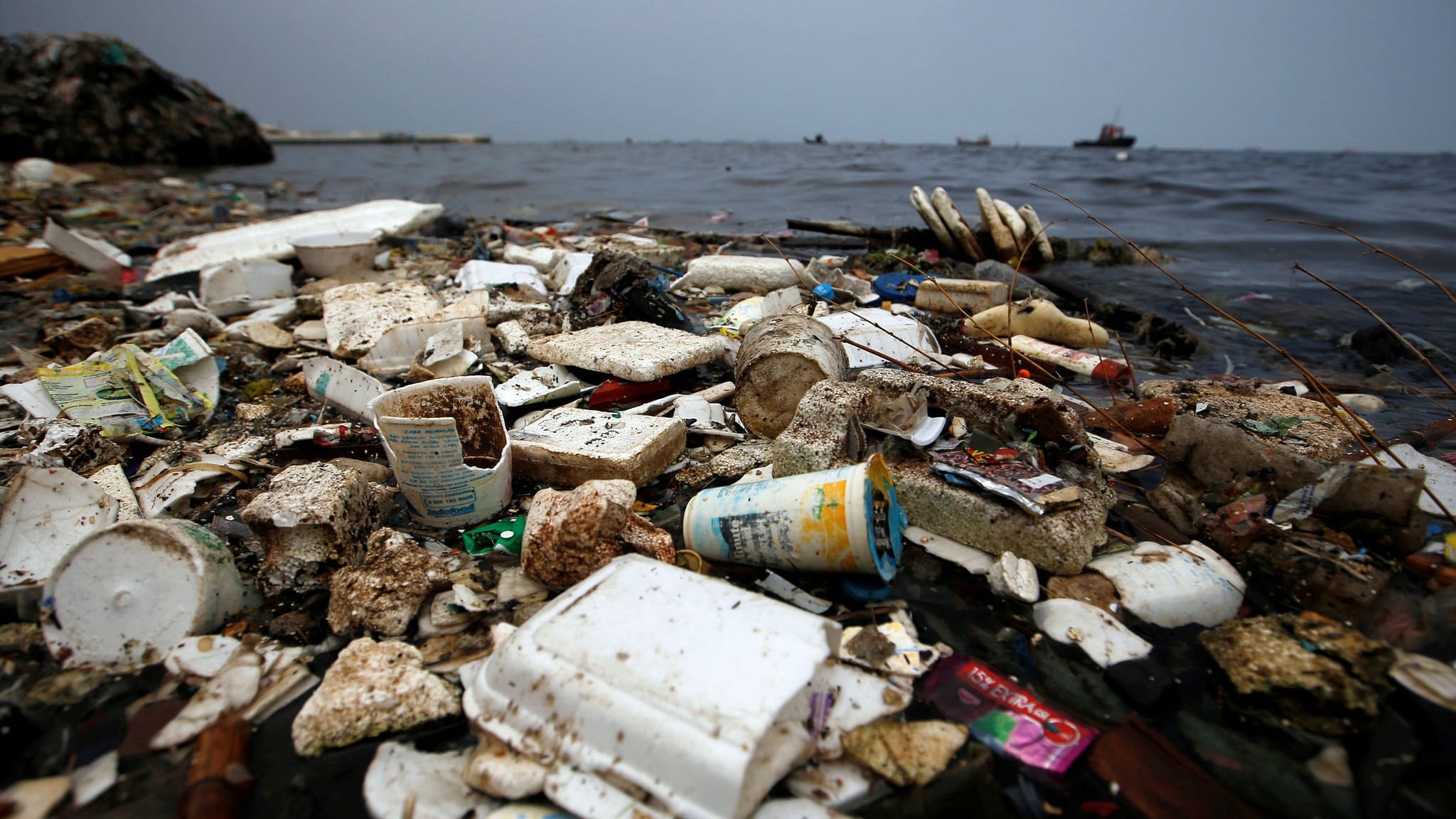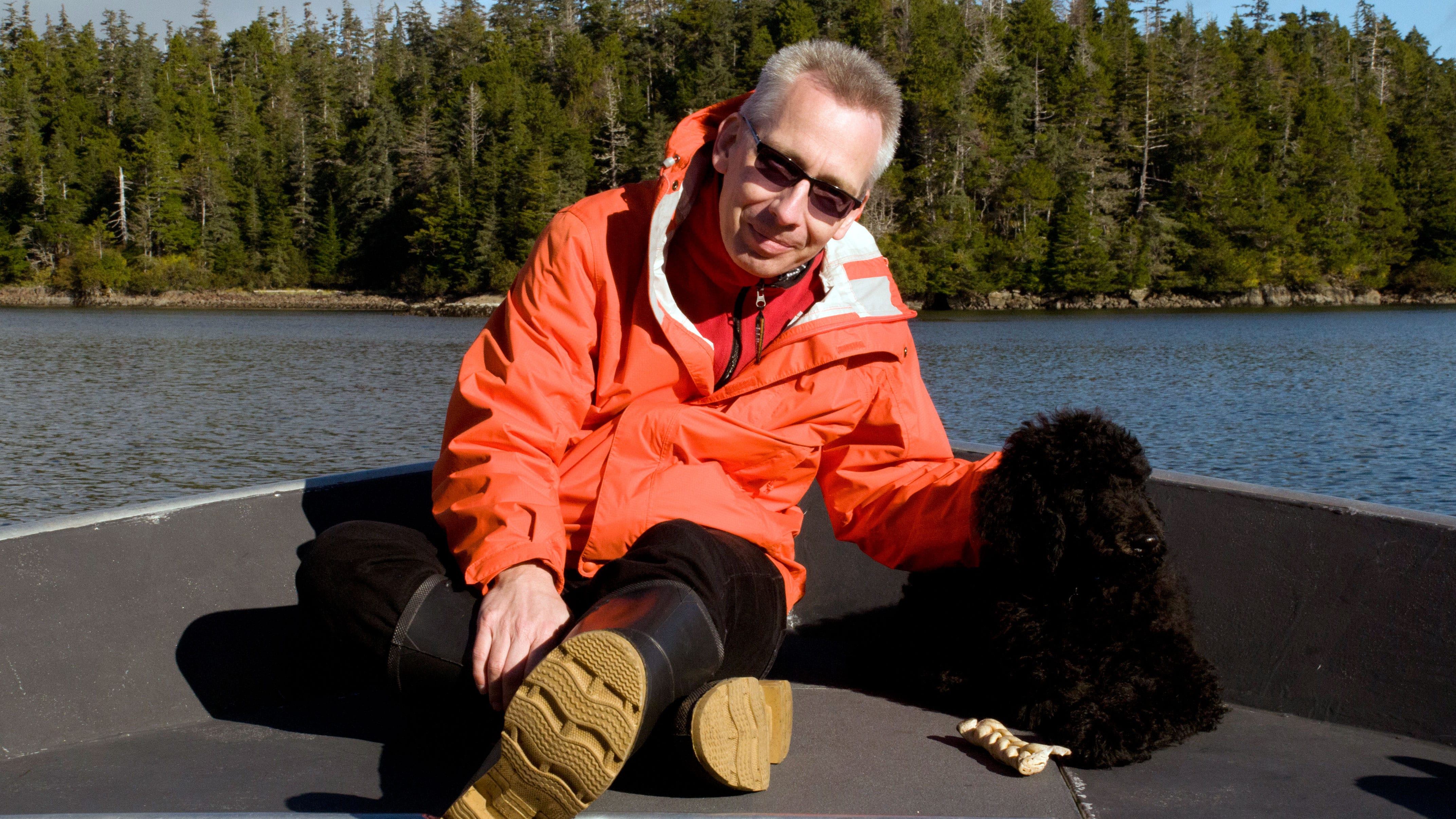Marine Chemistry & Geochemistry
The many lifetimes of plastics
Infographics strive to give us a sense of how long plastic goods will last in the environment. But is this information reliable? The findings of a new study from WHOI may surprise you.
Read MoreNASA Scientists train in Nevada Desert to remotely control Mars Perseverance Rover
Working from Home: Matt Long
A marine chemist spends his time at home tinkering on a high-tech buoy in the basement, proving that being homebound doesn’t mean you can’t think big.
Read MoreThe Deepwater Horizon Disaster Fueled a Gulf Science Bonanza
Chris Reddy is an expert in oil spill science who in 2010 helped determine the size, heading, and chemical composition of the underwater plume from an oceanographic research vessel and…
Read MoreWhat did scientists learn from Deepwater Horizon?
Ten years after the Deepwater Horizon explosion caused the largest accidental marine oil spill in history, WHOI marine geochemists Elizabeth Kujawinski and Christopher Reddy review what they— and their science colleagues from around the world—have learned.
Read MoreNew geochemical tool reveals origin of Earth’s nitrogen
A new geochemical tool sheds light on the origin of nitrogen and other volatile elements on Earth, which may also prove useful as a way to monitor the activity of volcanoes
Read MoreA rapidly changing Arctic
A new study by researchers at Woods Hole Oceanographic Institution (WHOI) and their international colleagues found that freshwater runoff from rivers and continental shelf sediments are bringing significant quantities of carbon and trace elements into parts of the Arctic Ocean via the Transpolar Drift—a major surface current that moves water from Siberia across the North Pole to the North Atlantic Ocean.
Read MoreThe ocean’s ‘biological pump’ captures more carbon than expected
Scientists have long known that the ocean plays an essential role in capturing carbon from the atmosphere, but a new study from Woods Hole Oceanographic Institution (WHOI) shows that the efficiency of the ocean’s “biological carbon pump” has been drastically underestimated, with implications for future climate assessments.
Read MoreOcean’s ‘biological pump’ absorbs more carbon than previously estimated
New research suggests the ocean’s “biological carbon pump” is more efficient at absorbing carbon than scientists previously estimated.
Read MoreFinding medical answers in the ocean
The test being used to diagnose the novel coronavirus—and other pandemics like AIDS and SARS—was developed with the help of an enzyme isolated from a microbe found in marine hydrothermal vents as well as freshwater hot springs.
Read MoreKalina Grabb studies some of the ocean’s most reactive chemicals
A marine geochemist discusses her passion for coral reefs, how volatile compounds in the ocean affect their health, and a new type of sensor that is shedding light on these interactions.
Read MoreReport reveals ‘unseen’ human benefits from ocean twilight zone
A new report from researchers at Woods Hole Oceanographic Institution (WHOI) reveals for the first time the unseen—and somewhat surprising—benefits that people receive from the ocean’s twilight zone. Also known as the “mesopelagic,” this is the ocean layer just beyond the sunlit surface.
Read MoreHow microbes reflect the health of coral reefs
A collaborative study compared seawater from 25 reefs in Cuba and the U.S. Florida Keys varying in human impact and protection, and found that those with higher microbial diversity and lower concentrations of nutrients and organic carbon—primarily caused by human activities—were markedly healthier.
Read MorePortable device allows to measure highly reactive superoxide on coral reefs
Researchers at WHOI successfully conceived and tested a portable device, DISCO, that performed the first in situ measurements of a highly reactive type of oxygen, known as superoxide, which may…
Read MoreWhales may owe their efficient digestion to millions of tiny microbes
A study by NSF-funded researchers at WHOI shows that the microbial communities inside whales may play an important role in the digestion of one of the ocean’s most abundant carbon-rich lipids: wax esters.
Read MoreWHOI-engineered DISCO allows scientists to measure highly reactive superoxide on coral reefs
WHOI researchers successfully conceived and tested a portable device, DISCO, that performed the first in situ measurements of a highly reactive type of oxygen, known as superoxide, which may play an integral role in the health of coral reefs.
Read MoreThe oceans are losing oxygen, and faster than we thought
WHOI scientists weigh in on a new ICUN report highlighting a 2% decline in marine oxygen levels between 1960 and 2010. The loss of oxygen has triggered an expansion of marine dead zones throughout the global ocean that has put marine life and ecosystems in peril.
Read MoreThe Ocean Twilight Zone’s crucial carbon pump
When CO₂ enters the ocean, where does this heat-trapping gas go? WHOI geochemist investigates how much carbon from the surface ocean is dispatched to the ocean twilight zone–the midlayer of the ocean–and on to the deep ocean.
Read MoreProtecting living corals could help defend the Great Barrier Reef from ocean acidification for decades
Reefs with higher numbers of living corals will be more resilient than expected to damage from acidifying seawater, scientists reported recently in Nature Evolution and Ecology.
Read MoreOcean acidification gets a watchful eye in New England aquaculture ‘hot spot’
Shellfish aquaculture is thriving in New England, but future growth in the industry could be stunted as coastal waters in the region become more acidic. Researchers at WHOI have developed a way to link nutrient load reductions to improvements in the health of Buzzards Bay, Massachusetts, which may an important step toward cleaner and less acidic harbors in the Baystate.
Read MoreThese corals could survive climate change — and help save the world’s reefs
Ocean warming threatens to wipe out corals, but scientists are trying to protect naturally resilient reefs and are nursing some others back to health.
Read MoreThousands of barrels of oil are contaminating Brazil’s pristine coastline. Authorities don’t know where it’s coming from.
WHOI researcher Christopher Reddy has been trying to crack the mystery. Some Brazilian colleagues recently contacted him to help determine the source of the oil, and he’s now analyzing 14…
Read MoreIn the Sea, Not All Plastic Lasts Forever
Polystyrene, a common ocean pollutant, decomposes in sunlight much faster than thought, a new study finds.
Read MoreRiver Detective: WHOI scientist studies river chemistry around the world
Bernhard Peucker-Ehrenbrink has been studying rivers around the world as part of the Global Rivers Observatory network to observe how natural and human-caused environmental changes affect the composition of river water over time.
Read More
